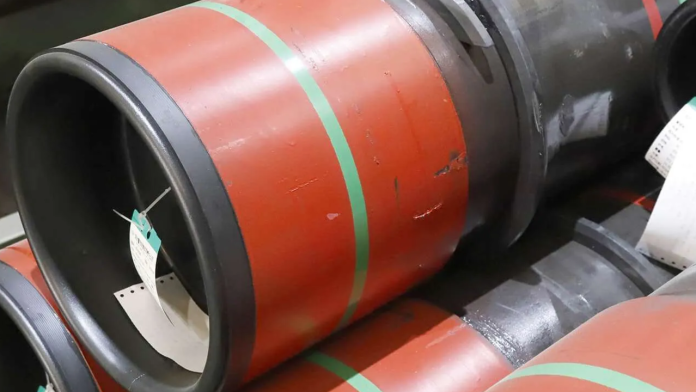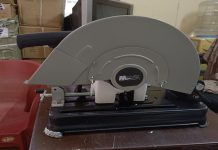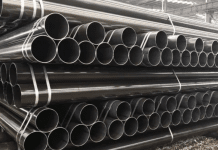Pipe fittings play an important role in plumbing and industrial systems by allowing fluids or gases to be connected, controlled, and redirected within pipelines. These fittings come in a variety of shapes, sizes, and materials to suit a wide range of applications. Materials such as stainless steel, carbon steel, brass, copper, and PVC are utilized depending on the fluid type, temperature, and pressure.
Threaded fittings screw pipes together, socket-weld fittings weld pipes into sockets for a secure connection, and butt-weld fittings permanently link pipes by welding. There are various types of pipe fittings and every type has its specific structure and function. Pipe fittings are rigorously tested to verify their quality and conformity with industry requirements.
Different Types Of Pipe Fitting
There are several sizes and shapes available for the pipe fitting. The following list includes a few common types of pipe fittings:
Elbows
Elbows are crucial pipe fittings used to change the direction of a pipeline. They are frequently available at 90-degree and 45-degree angles. They play an important role in fluid or gas transportation systems, allowing for efficient navigation around obstacles and smooth directional changes. Elbows serve an important role in a variety of sectors, ensuring the integrity and functionality of pipe networks.
Tees
Tees are pivotal pipe fittings that enable the connection of three pipes in a single place. They serve as junction sites for pipelines, dispersing fluids, and constructing complicated plumbing networks. Tees, which come in a variety of sizes and materials, help to increase the versatility and adaptability of pipe systems, providing efficient fluid or gas distribution in a wide range of applications.
Reducers
Reducers are crucial pipe fittings used to join pipes of varied diameters, allowing for a smooth transition between sizes. Their major duty is to ensure that a plumbing system flows efficiently and uniformly. Reducers, which come in a variety of materials and designs, play an important role in adapting and optimizing pipelines for varied applications, assuring compatibility and functionality in systems with varying diameter requirements.
Coupling
Couplings are essential pipe fittings that securely connect two pipes with the same diameter. They provide a permanent connection, which ensures pipeline stability and integrity. Couplings are commonly used in plumbing and industrial systems and come in a variety of materials and styles. Their dependability and convenience of installation make them critical components for establishing a seamless and durable network of pipes in a variety of applications.
Nipples
Nipples are short lengths of pipe-bearing male threads on both ends, which serve as versatile and vital connectors in piping systems. Nipples are commonly used to extend or join pipes having female threaded ends, and they are essential for reaching desired pipe lengths. Nipples are essential components in plumbing and industrial applications, allowing for greater flexibility in the design and customization of piping networks.
Unions
Unions are pivotal pipe fittings designed to connect and disconnect pipes without the need for cutting. Unions, unlike couplings, allow for pipe separation, making maintenance and repairs easier. Unions, with threaded or flanged connections, are a feasible choice for systems that must be disassembled periodically. Unions are used in plumbing and industrial applications due to their versatility and convenience.
Flanges
Flanges are flat, disc-like pipe fittings with openings at the center, facilitating the connection of pipes, valves, or pumps. Widely used in various industries, flanges provide a convenient method for assembly and disassembly within piping systems. Their design allows for secure and reliable connections, making them essential for applications where frequent maintenance, inspection, or modifications are required.
Caps
Caps are essential pipe fittings that seal the end of a pipe and prevent fluids or gases from escaping. They act as protective barriers, shielding the inside of pipelines from external impurities. Caps, which come in a variety of materials and forms, play an important role in ensuring the integrity of piping systems. Their use is critical in applications where sealing pipe ends is required for safety and functionality.
Remarks
The world of pipe fittings is large and diverse, with each kind serving a distinct purpose in ensuring piping system integrity and functionality. Considering the materials of these fittings is critical for building and maintaining effective fluid or gas transportation systems. Whether in home plumbing, or industrial processes choosing the proper pipe fittings guarantees that the entire pipeline operates smoothly.











